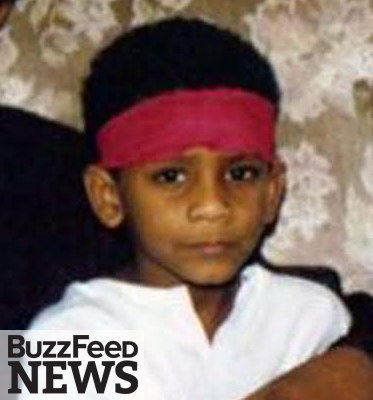The Citizen-Soldier Moral Risk and the Modern Military By Phil Klay May 24, 2016 The rumor was he’d killed an Iraqi soldier with his bare hands. Or maybe bashed his head in with a radio. Something to that effect. Either way, during inspections at Officer Candidates School, the Marine Corps version of boot camp for officers, he was the Sergeant Instructor who asked the hardest, the craziest questions. No softballs. No, “Who’s the Old Man of the Marine Corps?” or “What’s your first general order?” The first time he paced down the squad bay, all of us at attention in front of our racks, he grilled the would-be infantry guys with, “Would it bother you, ordering men into an assault where you know some will die?” and the would-be pilots with, “Do you think you could drop a bomb on an enemy target, knowing you might also kill women and kids?”
When he got to me, down at the end, he unloaded one of his more involved hypotheticals. “All right candidate. Say you think there’s an insurgent in a house and you call in air support, but then when you walk through the rubble there’s no insurgents, just this dead Iraqi civilian with his brains spilling out of his head, his legs still twitching and a little Iraqi kid at his side asking you why his father won’t get up. So. What are you going to tell that Iraqi kid?”
Amid all the playacting of OCS—screaming “Kill!” with every movement during training exercises, singing cadences about how tough we are, about how much we relish violence—this felt like a valuable corrective. In his own way, that Sergeant Instructor was trying to clue us in to something few people give enough thought to when they sign up: joining the Marine Corps isn’t just about exposing yourself to the trials and risks of combat—it’s also about exposing yourself to moral risk.


 U.S. soldiers destroy a statue of Saddam Hussein near Tikrit, Iraq. July 18, 2003. Reuters I never had to explain to an Iraqi child that I’d killed his father. As a public affairs officer, working with the media and running an office of Marine journalists, I was never even in combat. And my service in Iraq was during a time when things seemed to be getting better. But that period was just one small part of the disastrous war I chose to have a stake in. “We all volunteered,” a friend of mine and a five-tour Marine veteran, Elliot Ackerman, said to me once. “I chose it and I kept choosing it. There’s a sort of sadness associated with that.”
U.S. soldiers destroy a statue of Saddam Hussein near Tikrit, Iraq. July 18, 2003. Reuters I never had to explain to an Iraqi child that I’d killed his father. As a public affairs officer, working with the media and running an office of Marine journalists, I was never even in combat. And my service in Iraq was during a time when things seemed to be getting better. But that period was just one small part of the disastrous war I chose to have a stake in. “We all volunteered,” a friend of mine and a five-tour Marine veteran, Elliot Ackerman, said to me once. “I chose it and I kept choosing it. There’s a sort of sadness associated with that.”
As a former Marine, I’ve watched the unraveling of Iraq with a sense of grief, rage, and guilt. As an American citizen, I’ve felt the same, though when I try to trace the precise lines of responsibility of a civilian versus a veteran, I get all tangled up. The military ethicist Martin Cook claims there is an “implicit moral contract between the nation and its soldiers,” which seems straightforward, but as the mission of the military has morphed and changed, it’s hard to see what that contract consists of. A decade after I joined the Marines, I’m left wondering what obligations I incurred as a result of that choice, and what obligations I share with the rest of my country toward our wars and to the men and women who fight them. What, precisely, was the bargain that I struck when I raised my hand and swore to defend my country against all enemies, foreign and domestic?





